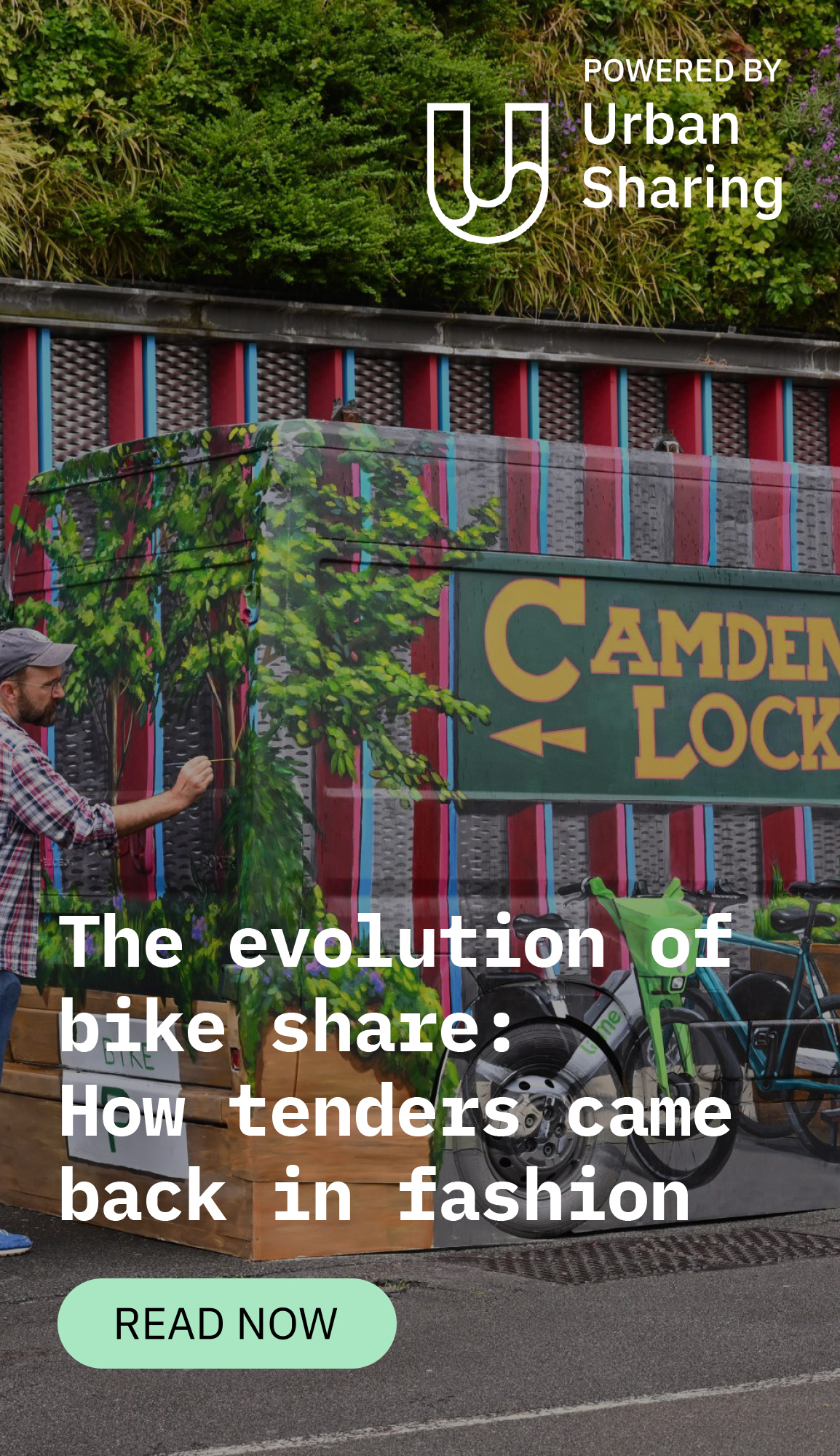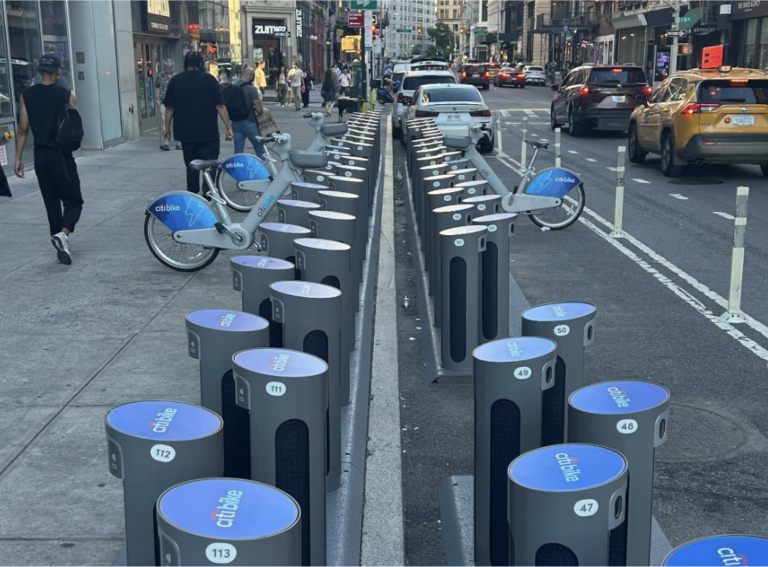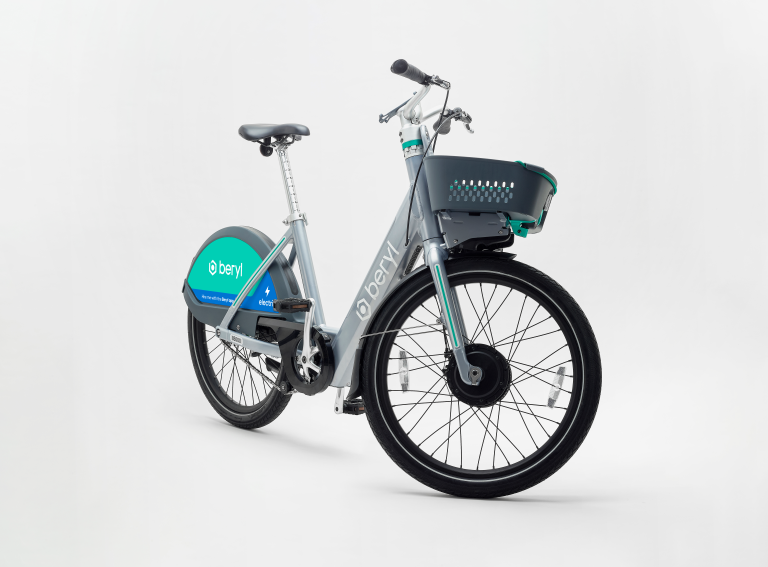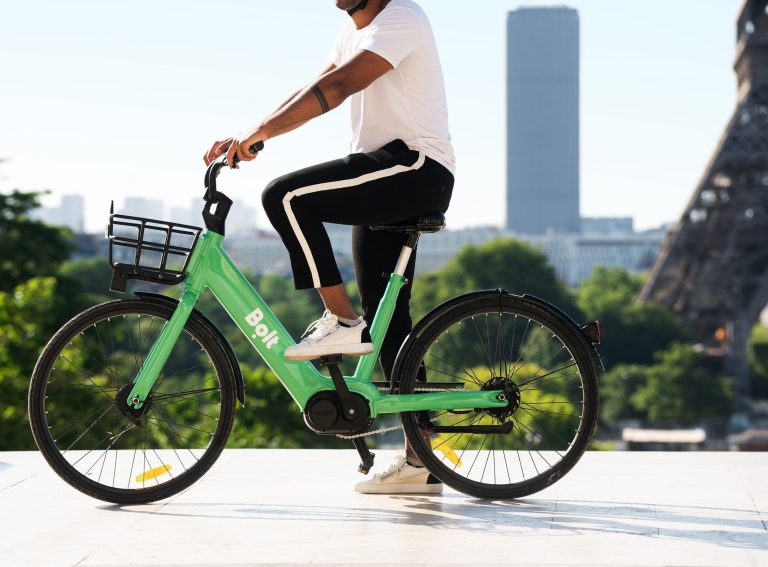Author: Ronan Furlong, Co-Founder at Luna Systems
In 2018 it was all about developing an e-scooter that could last more than 30 days. In 2020 it was all about unit economics and the potential of swappable batteries to drive operational efficiency, sustainability and profitability. In 2022 it’s going to be all about positioning, not in the commercial sense, but in the geospatial sense.
In Paris, where they have gotten the regulatory and operational pieces correct, there have been recent calls to shut down the shared e-scooter industry. Why? Because they had a tragic incident earlier this year where a young woman died after being hit by an e-scooter that was riding on the footpath. Paris Deputy Mayor David Belliard said at the time that contracts for self-service e-scooter providers would not be renewed next year unless there was a “significant improvement in the situation and e-scooters find their place in public space without causing a disturbance or additional danger”.
In the same way that cars were seen to scare the horses when they were first introduced, necessitating the presence of a person out in front carrying a red flag, e-scooters are now scaring pedestrians, car drivers and consequently politicians.
The (various shades of) red flag for e-scooters:
GPS technology was supposed to be the red flag and all today’s e-scooters currently rely on it. However, GPS is simply not accurate enough to irrefutably know, in real-time, if an e-scooter is riding on a footpath or sidewalk, or if it is parked in a dangerous manner.
Shared e-scooters do not have the luxury of being nearly in the correct position. An e-scooter one metre out of a designated parking spot, or half a metre onto a footpath it should not be on, can equate to a dangerous trip hazard for vulnerable pedestrians, or a dangerous collision.
So how are e-scooter operators faring in this quest for bullseye accurate positioning of their vehicles?
Mapping the competitive position(ing)
Voi
- Voi is very much focused on the issue of keeping e-scooters off footpaths and has demonstrated the Luna solution on Stockholm streets, with a plan to roll it out in its Northampton market shortly. Voi is the leading player in the UK market in terms of cities covered, and keeping e-scooters off footpaths is the number one issue for many of the town councillor/local authority, transport agency and disability group stakeholders in the UK.
Tier
- TIER has also conducted testing of the Luna technology and is working in partnership with Dublin City University and the Insight Centre for Data Analytics, to explore the potential smart city applications of computer vision. Tier is also working with another camera based tech provider in the form of Fantasmo, for the purposes of accurate positioning during the parking event
Spin
- Spin has bet big on computer vision in the US, and has won a number of pretty significant licenses off the back of its ability to bring the Drover technology to cities. For instance, Seattle created a new license for Spin (despite already having LINK, Lime and Wheels in situ) off the back of a promise to bring Sidewalk Detection technology to the city
Bird
- Bird recently jumped out of the blocks with an RTK / Sensor Fusion approach to positioning. RTK stands for ‘real-time kinematic’ and it is essentially a correction service applied to the low-resolution position typically given by the e-scooter’s GPS module. It requires a local base station to serve as the source of the correction signal, as well as a new GNSS/RTK chip that Bird is deploying in partnership with uBlox
Superpedestrian/LINK
- Superpedestrian, like Bird, has also gone down the road of relying on next-generation GPS sensor fusion solutions, as opposed to developing their own computer vision technology. This has been accelerated by Superpedestrian’s acquisition of Navmatic to create a system called Pedestrian Defense. The mash-up of Superpedestrian’s GPS data and multiple dimensions of inertial sensing/vehicle dynamics data is used to calculate the location and movements of the Link e-scooters.
The jockeying for position(ing) goes on, and ultimately it will benefit the industry by making shared e-scooters a more trusted and safer mode of transport in the eyes of key city stakeholders.
Next year is going to be yet another very interesting period in the shared e-scooter industry. The cadence of technological evolution in the sector is probably ten times faster than in the automotive sector. This inevitably means that there will be winners and losers (both technologically and operationally) which makes this industry that we all love, such an exciting space to work in.











